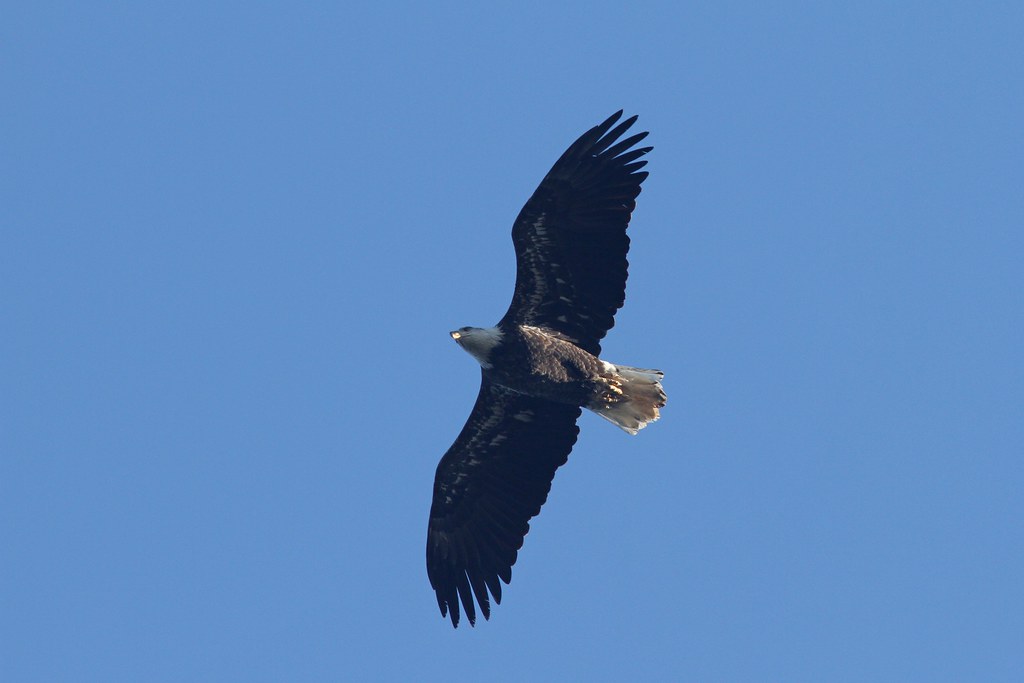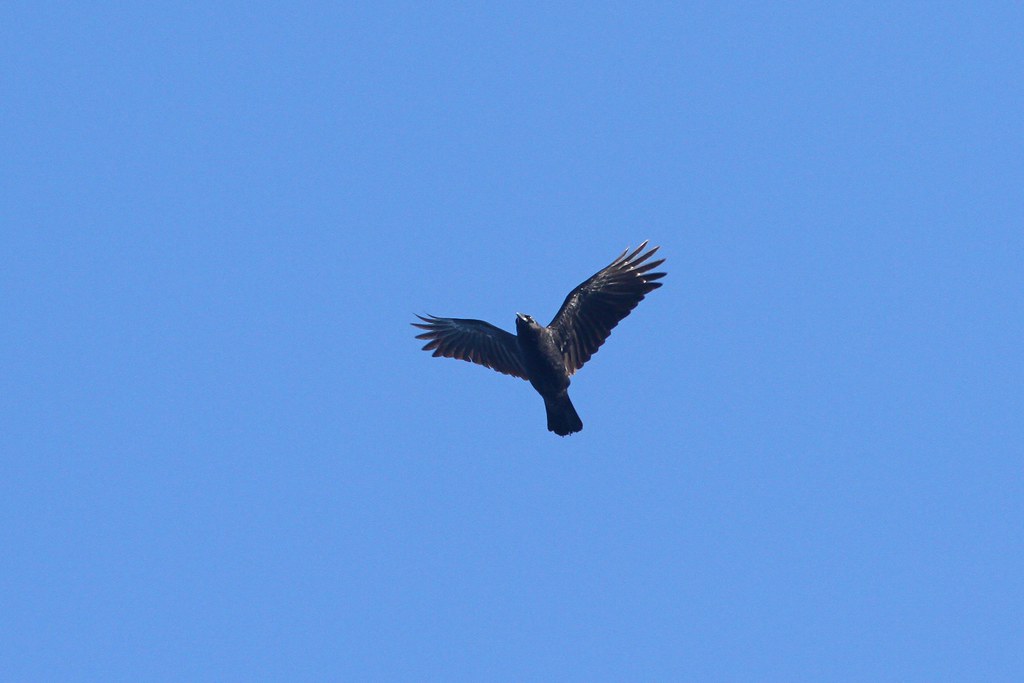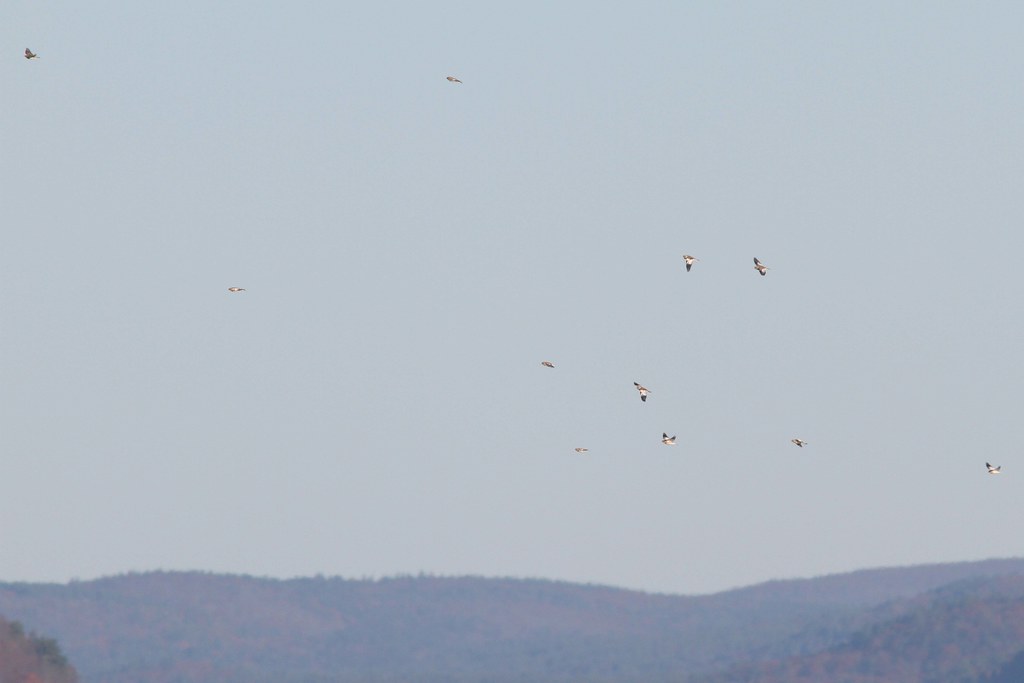 |
| Bald Eagle with leg band, Winsor Dam, Quabbin Park, Nov 4, 2013 |
 |
| Bald Eagle, Winsor Dam, Quabbin Park, Nov 4, 2013 |
 |
| Red tailed Hawk, Winsor Dam, Quabbin Park, Nov 4, 2013 |
 |
| American Crow, Winsor Dam, Quabbin Park, Nov 4, 2013 |
 |
| American Crows, Winsor Dam, Quabbin Park, Nov 4, 2013 |
 |
| Snow Buntings, Winsor Dam, Quabbin Park, Nov 4, 2013 |
 |
| Snow Buntings, Winsor Dam, Quabbin Park, Nov 4, 2013 |
Although yesterday featured lots of waterfowl at Quabbin Park this morning the featured almost no waterfowl at all with only the following seen: 9 Black Ducks, two Wood Ducks, half a dozen Hooded Mergansers, 7 Common Mergansers, six Horned Grebe, two Common Loons, 78 Mallards, a dozen Canada Geese and a few unidentified ducks. The vast majority of these were at the Route 9 marsh. Once again the weather today featured lots of wind out of the north and the day felt more like winter as the temperature started out in the low 20's. I spent a good portion of the morning at Quabbin Park with the vast majority of the time at Winsor Dam. My hopes were on finding a Golden Eagle but no luck with that species again but I did have nine Bald Eagles (one with leg bands), three Northern Harriers (all together in one group), 8 Red tailed Hawks and a Peregrine Falcons. Lots of migrating American Crows today with at least 1564 seen in three hours at Winsor Dam alone. This total is a minimum count and I'm certain I missed many when I was looking elsewhere. Another highlight at Winsor Dam included a group of 21 Snow Buntings that flew around Winsor Dam before flying across the water and disappearing into the western cove not to appear again. I was joined for part of my time at the dam by Devin.
The best bird of the day turned out to be one that may have indeed have been a truly unusual bird-a Northern Wheatear. I initially saw the bird just before 10AM. I found the bird in flight while scoping the far end of Winsor Dam viewed from in front of the admin building. I immediately started following the bird as it seemed interesting as far as flight pattern was concerned (and I had seen so few passerines so far during my time there this morning). The bird was quite a bit smaller and trimmer than a robin but had a thrush like appearance from a distance. The flight pattern was direct with several somewhat shallow wingbeats following by a short glide...very unique in appearance. I kept the bird in view for probably 25 seconds before it disappeared to the southwest, not to be found again. The bird was seen throughout through a spotting scope in very good light. No strongly obvious facial pattern. The overall coloration was a bright light sandy/rufous color with an obvious white on rump/base of tail and dark on tip. The tail was fairly short. The underwings appeared light. No chance to get a photo through the scope or with the camera as I knew looking away would lose the bird and I wanted to try to get as many details before it flew out of view. I took notes after viewing the bird and then consulted a few field guides to see if I could come up with an ID other than a wheatear. I'm stumped as to what else it could be. I have only seen one other wheatear so I'm far from an expert on the species so I'm looking for other possibilities I may have overlooked. I wish I was able to get a photo! Worth keeping an eye out in the area if anyone makes a stop there.







No comments:
Post a Comment